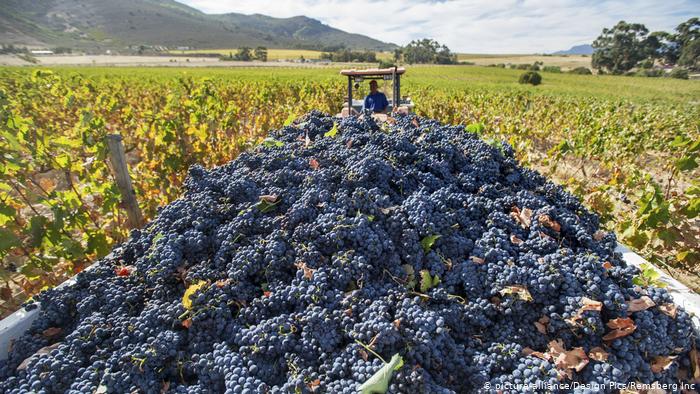Anyone who’s anyone in the global bulk wine industry, be that a producer, buyer, broker or distributor, will be making a beeline for Amsterdam next month, as the annual World Bulk Wine Exhibition (WBWE) prepares to kick off next month for its 16th event. But what wines will be available to buy and sell when they get there?
If you work in the wine industry you can’t afford not to be on top of what is happening in the bulk wine market – a sector that now accounts for over a third (34.4%) of the total volume of wine sold globally, and almost 7% of its value. In this analysis we look at data shared direct from the organisers of WBWE that sets out the challenges – and opportunities – the industry faces after what has been another tough trading year, with overall bulk wine shipments down compared to corresponding figures in 2022.
Economic uncertainty, a cost of living crisis, climate change resulting in substantially smaller vintages, consumers – and particularly those in a younger demographic – drinking less wine and becoming increasingly sober curious are just some of the reasons behind the slowdown.

Buyers and producers will soon be heading to WBWE to pin down deals vital for their respective businesses for the year to come
According to the analysts at WBWE, which is the largest trade fair for the bulk wine market and associated businesses, the sector saw volumes down by 4.5% while value slid by 6.8% in the five months to May 2023, accounting for 13.18 million hl of wine with a value of €973m. The average price, meanwhile, dropped from €76 to €74 per hl.
“The fact that the expected production shortfalls have failed to spark an uptick in activity across the bulk wine market are a telling indication of the headwinds facing the global wine industry currently,” said the WBWE.
“Short-term economic woes and financial uncertainties have dovetailed with the underlying downward trend in wine consumption, particularly among younger generations, to put a major dent in buying activity.”
However, this decline is not something confined exclusively to bulk wine, but a trend witnessed across the entire global wine market which saw volumes down by 3.7% and 0.3% in turnover, with exports of bottled wine down by 4.7% in volume and by 2.15% in value.
In fact, the only wine sectors which bucked the downward trend were bag in box wine managed to gain market share, up by 2% in volume and 4.7% in value, and sparkling wine which enjoyed a 7.3% increase in value, despite the latter falling by 1.6% in volume as it was also the wine category with the highest price increase – up by over 9%.
Global ups and downs
But average statistics mask the reality of what is happening in different markets around the world, with some countries enjoying surging exports, while others have seen their volumes hard hit. Here are some key statistics.
Spain

Spain is having to cope with a much smaller 2023 harvest
- Spain, the biggest player in the global bulk wine market accounting for over a third (36%) of the total volume, was badly affected by searing temperatures during the 2023 vintage, which has resulted in a severe drought and much lower yields. According to Spain’s co-operative organisation, volumes are down by around 12% on the previous year, with the vintage weighing in at approximately 36 mhl, a drop of around 5 mhl. “The news has been welcomed by regional co-operatives, particularly for red wines, and the hope is that the shortfall will help restore some balance between supply and demand,” stated the WBWE.
- Spain’s bulk wine prices with an average of $46/hl were the second lowest amongst the top 15 supplying nations after Canada which is a key exporter of cheap bulk wine to the US market.
Italy
- Climate change also hit Italian producers, who had to deal with rampant mildew in their vines, though there were substantial variations in different regions. As a result, volumes were “significantly” impacted, particularly in the south of the country which suffered the worst mildew outbreak, with production down by up to 60% in some areas.
- The Italian farmers’ union, Coldiretti, is forecasting a 14% decline in production, while describing Italy’s 2023 harvest as “one of the worst years in the history of Italian wine industry,” adding that climate change has had a huge impact on yields this year, which it estimated to be in the region of 43m hectolitres, compared to 50m hl in 2022.
- Exports from Italy have though increased, surging by over 10% in volume and enabling the country to regain its place as the second largest bulk wine exporting country, albeit at the expense of a 10% drop in price to €78/hl.
France
- In France, where many regions have been beset with mildew, bulk exports plummeted by over a quarter in volume terms and by almost a fifth in value in the five month period to May 2023. However, despite the wide variations in the regions, and apart from Bordeaux, Languedoc Roussillon and the south west of the country, this year’s vintage is expected to be broadly in line with previous years, at an estimated 44 – 47mhl, or possibly even higher than the five year average. If the August estimates made by France’s agriculture ministry are confirmed, then the country will regain its position as the world’s top wine producing country.
Portugal
- Portugal, however, is one country in the northern hemisphere which is expected to buck the downward trend in production volumes, with estimates made in July pointing to a crop in the region of 7.4mhl, an 8% increase on 2022. Other regions such as Tras-os-Montes and Beira interior are forecasting their crops could be up by as high as 15% on 2022.
Chile
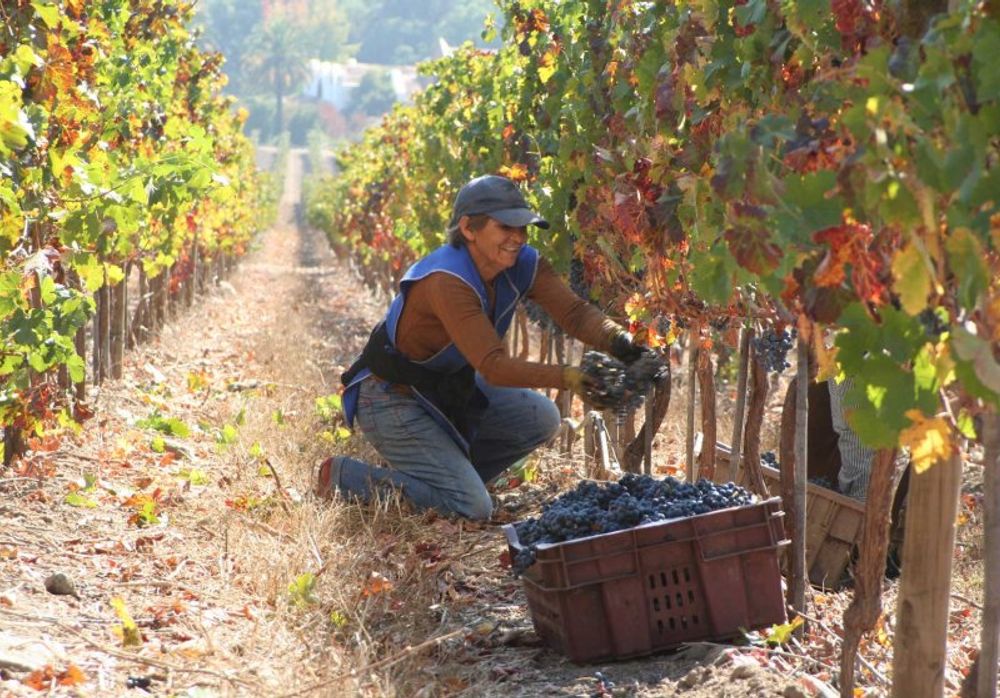
Production levels in Chile have a knock-on effect on grape prices around the world such its influence on the international market
As one of the world’s top five bulk wine exporters shipping to around 30 different international markets, Chile’s bulk wine accounts for over 40% of the volume and 17% of the value of the country’s overall wine exports. However, the South American country has seen its bulk sales slump by over 25% to 11.32m hl with a value of $124.7m, in the country’s worst first half of the year for over a decade. This crash has been caused by a significant decline in demand from the US, though sales in Germany and China have also nosedived. The average price for Chilean bulk wine is $94/hl.
“The slump in Chilean bulk wine in the US cannot be explained by an increase in bottled wine sales,” said the WBWE, “which remained stable in terms of volume and fell by around 7% in value compared to a negative first half of 2022.”
This contrasts with China and the UK, where sales of Chilean bottled wine were down by around 40%.
However, on a more positive note, Chile’s bulk shipments to Belgium, New Zealand, Argentina, Canada, Mexico, Thailand and Venezuela rose “significantly” according to WBWE. And exports to the UK, now Chile’s biggest market, also bucked the downward trend and jumped by over 10% in value to over $38m, at a price of $124/hl. The total value of bulk wine shipments to the UK came in at over $38m a 10.5% increase on the previous year, outstripping both China with a value of US$29.6m (down by nearly 40%), and the US with a value of US$14.4m (down just over 62%).
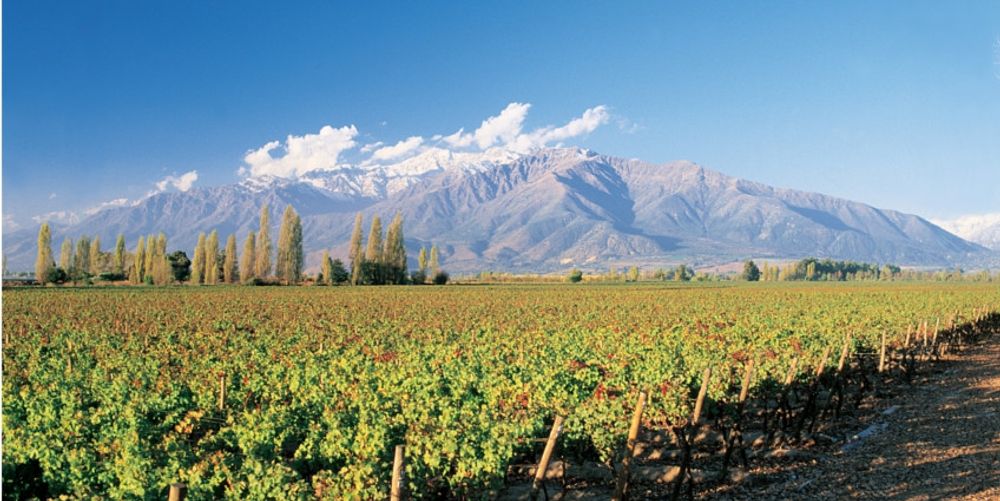
Chile has been hit by declining sales in a number of its key markets, particularly the US and the UK.
In volume terms, Chile’s bulk wine shipments were also down on those compared to the previous year, with sales to China down by 25% to 37.4m litres, and the UK down over 10% to 31.2m litres. Volume sales to the US, meanwhile, were down by almost 70%. However, these drops were partly offset by increased prices, with sales to the UK at $1.23 per litre, and the US $1.02 per litre both up by over 20% in strong contrast to China where prices were down by 19% to $0.79 per litre.
For the first time Japan leapfrogged Germany to become the fourth largest market for Chilean bulk wine in volume terms, with both countries accounting for over nine million litres. Japan also surpassed Germany in the value of Chilean bulk wine sales, which amounted to US$7.7m (a 1.7% drop), compared to Germany’s value of $7.5m.
Given the drop in bulk wine sales to its top five destinations, Chile has successfully been diversifying into other markets, including Mexico where shipments soared by 25% in volume to reach over seven million litres, and by 21% in value to $5.5m, despite the fact that this is a comparison with an already strong first half of 2022. Mexico is now the sixth largest destination for Chilean bulk wine followed by Denmark which remained stable, and Canada, where shipments jumped by over 50%, although the last two years have not been the best for Chilean bulk wine in the North American market.
The UK recorded the highest average price at $1.23 per litre, followed by Denmark at $1.12 and Belgium on $1/02. The remaining seven of the top ten markets were all below the 90 cents per litre barrier
Bottled wine accounts for over 56% of the total volume of exports and 80% of the value which have both shown a drop of around 25%. Sparkling and bag in box wine also posted poor performances, albeit from a much lower base.
Australia
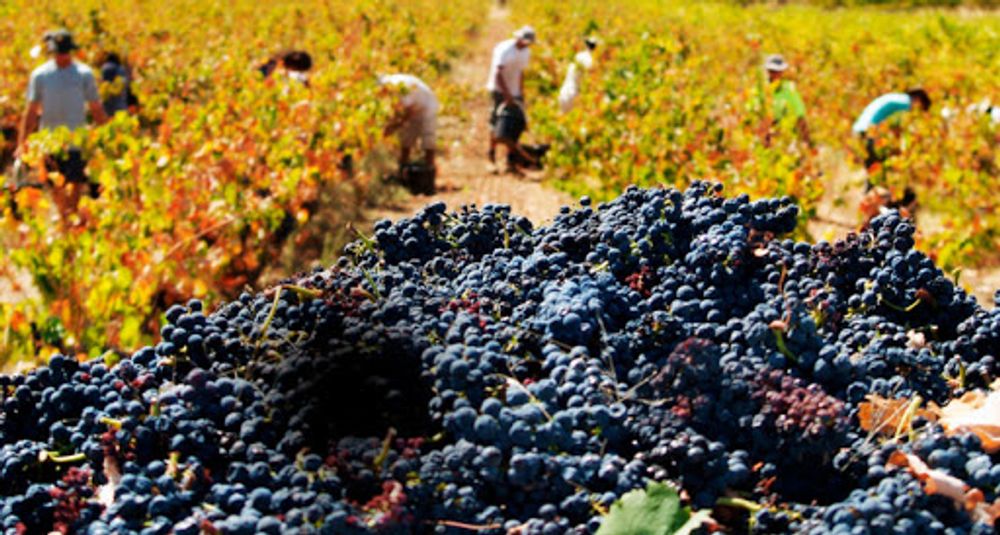
The long term impact of the collapse in sales to China is now really being felt in Australia with millions of litres of wine unsold, but with knock-on demand for its bulk wine
Bulk wine accounts for the lion’s share – nearly two thirds – (62%) of Australia’s total wine exports, growing by nearly 13% in the first five months of this year, up by 21m litres at 1.9m hl, compared to a 20% drop in bottled wine shipments to 92m litres. And in the 12 months to June 2023 the volume of Australian bulk wine shipped almost doubled that of bottled wine (394m litres compared to 200m litres).
“At the beginning of 2020 (pre-pandemic and pre-tariffs from China on Australian wine imports), Australia’s export volume of bottled and bulk wine was the same,”pointed out the WBWE. “However, the performance of bulk wine since then has been infinitely better, so much so that the volume of bulk wine exported in the year-on-year period to June 2023 (394 million litres) almost doubled that of bottled wine (200 million litres).”
In value terms, bottled wine was the key driver of Australian exports though this sector dropped by nearly 10% to AU$678m, followed by bulk wine at AU$218m which represented a 2.7% increase. However, the increased bulk wine exports which brought in an additional AU$5.8m, did not anywhere compensate for the AU$71.7m loss in bottled wine sales.
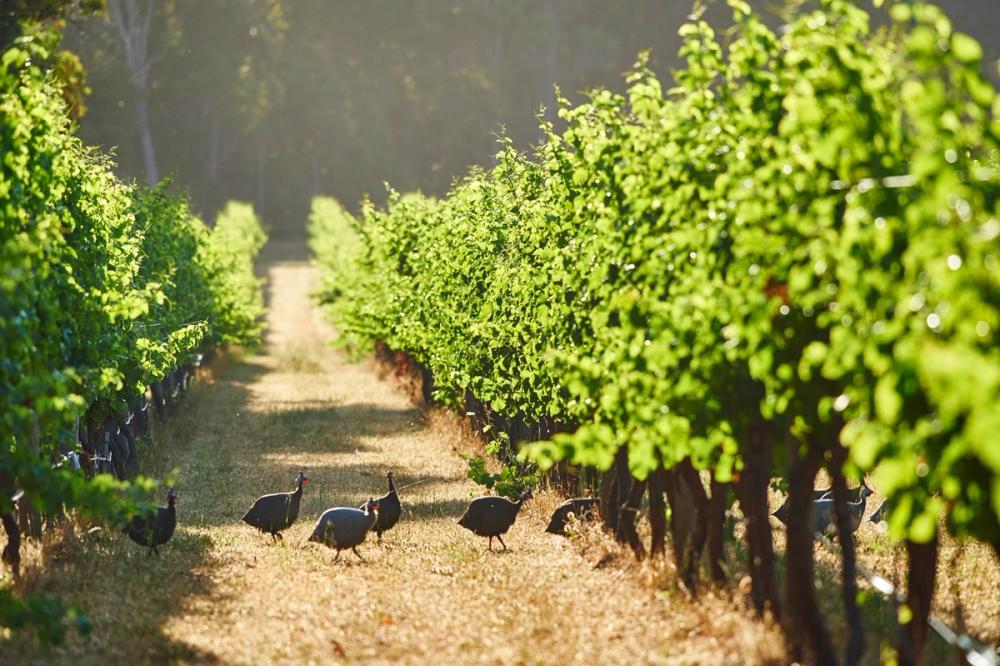
Australia’s jump in bulk wine sales is not enough to make up for the big drop in bottled wine exports to its key markets
As for average price, Australian sparkling wines were up by 25%, reaching AU$8.28 per litre, while bottled wine were up by 13% to AU$7.35/ litre, both posting significant increases compared to 2022’s first half. This is in contrast to bulk wine whose average price fell almost 9% to AU$1.17 per litre and bag in box wines down by 11% to AU$1.28 per litre. Interestingly, Spain, the seventh biggest market for Australian bulk wine, with a value of AU$7m, an 12.2% increase, also accounts for a very high average price at AU$5.50
The UK is Australia’s largest bulk wine market, accounting for over half of all sales and growing by nearly 8% to reach 95m litres, an increase of 6.7m litres. Meanwhile, sales value was up by almost 6% to AU$114m, an additional AU$6.3m compared to the first half in 2022. However, exports have still not reached the record levels posted during the first half of 2021. Despite the growth to the UK, it was dwarfed by that of the four following markets, which all posted bigger increases, particularly in Canada where exports rocketed, along with sharp rises in the Netherlands, Denmark and emerging Asian markets.
The US, the second biggest destination for Australian bulk wine, also gained market share, and accounted for 31.2m litres, a 16% increase on the same period a year previously, though much lower prices reduced turnover by 3.9% to AU$ 36m. Canada, meanwhile, made strong headway in its place as the third largest market, with 22m litres of Australian bulk wine reaching its shores, a massive 127% increase, while the sales value was also up by a healthy 69% to AU$16m. However, the average price of wine to Canada was down by over a quarter (26%).
The Netherlands also experienced healthy growth, up by over 43%, while Denmark too was up by 13.5% propelling the two nations into the top five markets. “However, it should be pointed out that the rise in Australian bulk wine sales to both markets corresponds more to a recovery, given that we are comparing with a negative first half of 2022,” noted WBWE. Additionally, both countries have gained increasing importance as distributors to other European countries, except for Belgium where sales dipped by 40%.
Other market trends
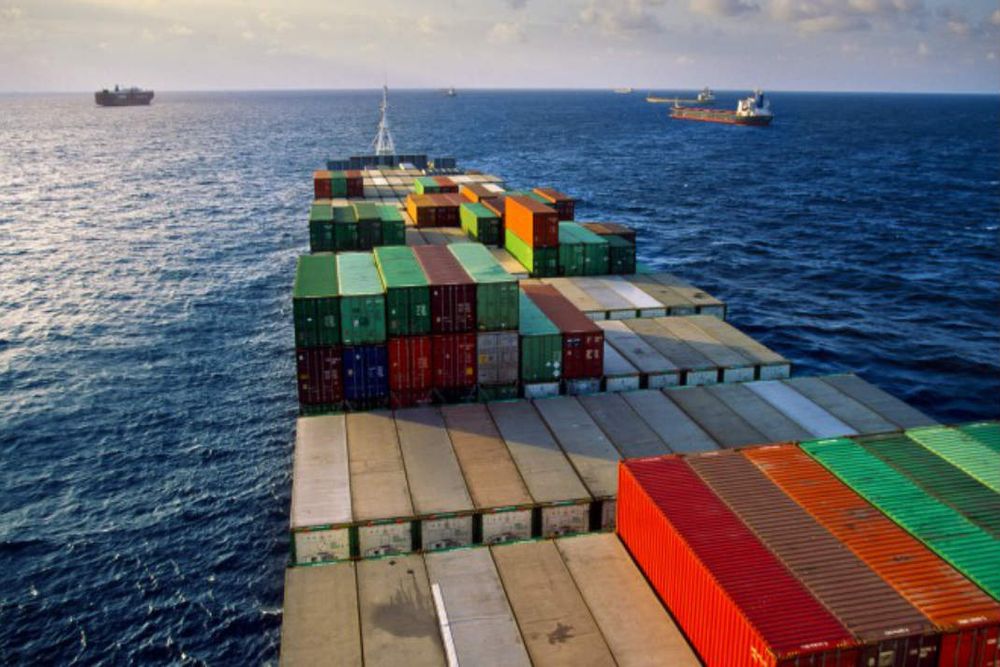
Where will the world’s demand be for bulk wine in the next 12 months?
- While Germany has not yet produced any harvest forecasts, in August the Deutsches Weininstitut indicated that the vintage would largely be in line with the recent annual average. California too, is expecting its 2023 vintage to be similar to previous years, although with high mildew pressure and late vineyard development it is too early to make definitive pronouncements.
- In the southern hemisphere, Chile has been particularly hard hit, with its bulk wine exports plummeting by 25%, pushing it down two places in the rankings. However, it still remains the fourth leading supplier of bulk wine in volume terms, accounting for 1.16m hl ( a 23.6% decline), with a value of €101m, at an average price up 4% to €87/hl.
- South Africa too has also seen its market share wane this year, with sales down by 30%, accounting for 0.67m hl and €44m at a price of €66/hl.
- Nine out of the world’s top 15 bulk wine exporting countries increased their prices, despite a global decline with New Zealand achieving a much higher price than the others – up by nearly 10% to a whopping €291 Euros per hl. Not only does New Zealand bulk wine command the highest prices, but it also enjoyed the highest turnover increase, surging by 48% to reach a value of €105m, ranking it as the world’s fourth largest seller of bulk wine in value terms. The second highest bulk wine producing country in terms of average price was France at €153/hl, though this represented an 8.7% decline.
- The US bulk wine sector has also experienced a decline, with shipments down by 35%, while those from Argentina plunged by 40% in terms of volume and by 25% in terms of value.
- Slovakia is emerging as a robust exporter of bulk wine, albeit at a much lower average price. Hungary, Moldova and North Macedonia sold less, although the latter registered a slightly higher turnover.
It all makes for “an altogether quiet landscape” according to Ciatti, the international bulk brokerage business. It said: “Another month of limited buying activity has passed by – with the traditional lull during the northern hemisphere summer holiday season now exacerbating the quietness”.
And in its short-term analysis, the EU’s DG Agriculture pointed to increasing stocks of red and rosé wines due to a “further acceleration of the long-term downward trend” in consumption in the EU and a predicted 5% fall in EU wine exports compared with the last season. Final stocks are therefore expected to remain high, and, “for red and rosé wines, are even expected to increase if not addressed by the crisis distillation measures”.
About the World Bulk Wine Exhibition
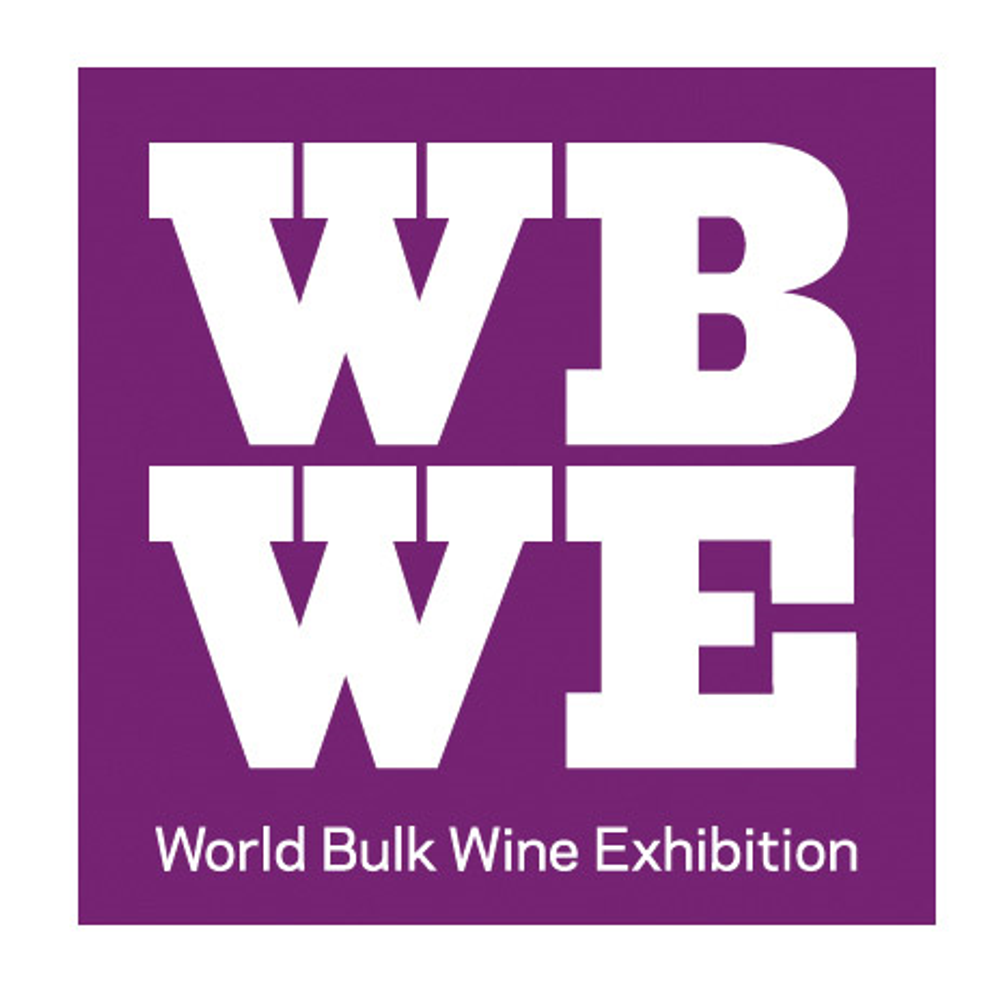
The exhibition, which is organised by Vinexposium and Pomona Keepers, is now in its 16th year, and is being held on November 20-21 at Amsterdam RAI Hall.
The world’s largest trade fair for the bulk wine sector and related businesses, it continues to attract buyers, distributors, producers and importers from all over the world, bringing them together under one trading floor where contracts are made that dictate where and how bulk wine is distributed around the globe. Not only is the fair dedicated to wine sold in large volumes, but it has also increasingly become the fair which is firmly focused on the industry’s future, given the impeccable environmental credentials of shipping wine in a bulk format.
Last year over 22o wineries from 24 different countries and more than 6,000 visitors from 57 countries attended the show, and the organisers are expecting an even bigger turn out this year.
- You can find out more about WBWE at its website here.
- You can find out more about how to register and attend here.
- You can find out who is taking part and what subjects are being covered in its conference here. The conference is included in your WBWE ticket.
- Two of the sessions at the conference will look at the no and low market and alternative packaging.


